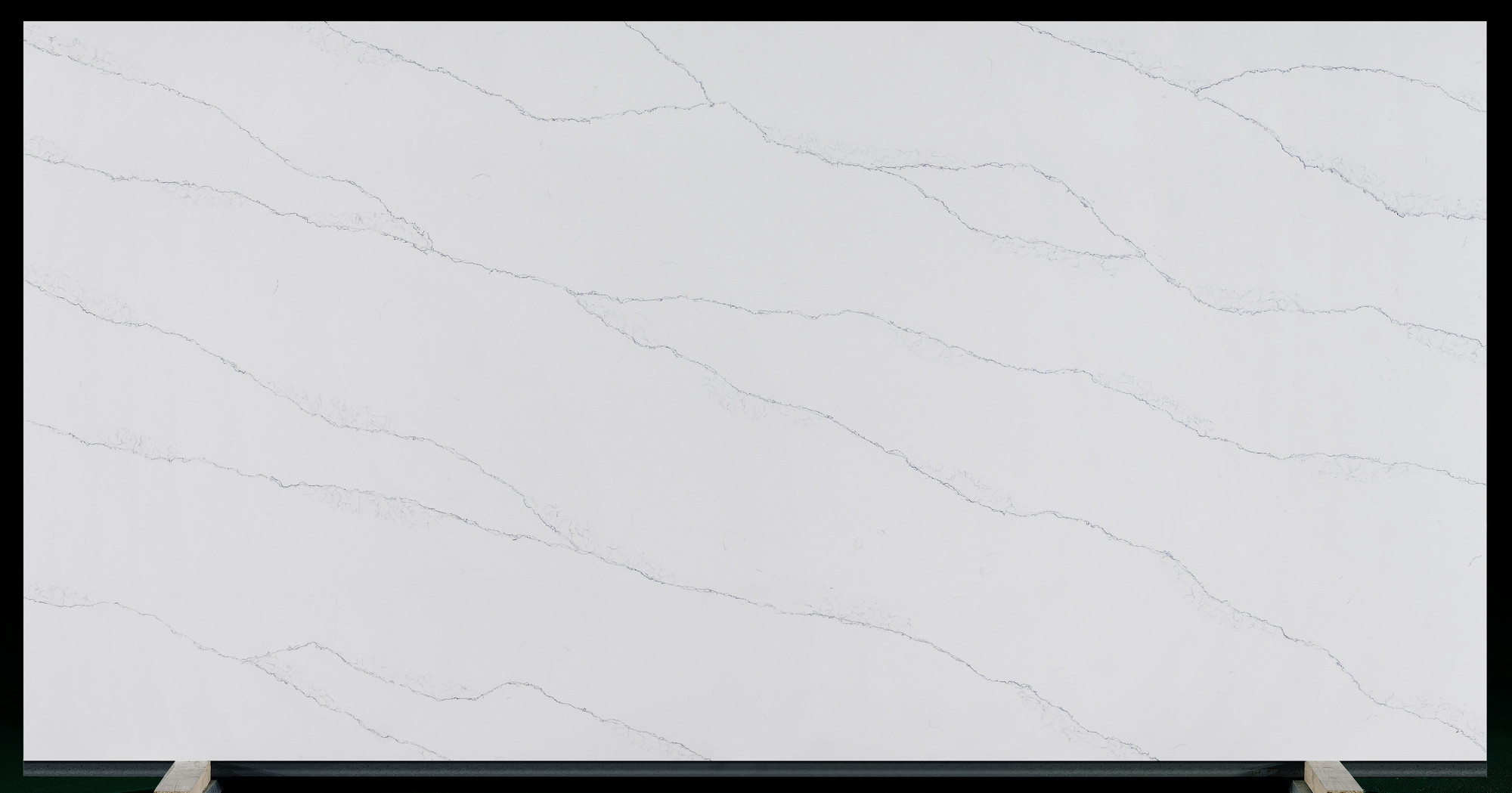Introduction
Flatness is a critical aspect in the production and installation of various types of slabs, particularly in the realm of construction and interior design. Whether it's natural stone, engineered quartz stone, porcelain, or other materials, achieving an optimal level of flatness is crucial for ensuring structural integrity, visual appeal, and functional performance.
Details
Understanding Slab Flatness
Slab flatness refers to the degree of evenness or levelness across the surface of a slab. In construction and design, slabs serve multiple purposes, ranging from countertops and flooring to architectural elements like walls or facades. The flatness of these slabs significantly impacts their usability and aesthetics.

Challenges in Achieving Flatness
Manufacturing larger slabs like 3200*1600mm or 3500*2000mm while maintaining absolute flatness poses numerous challenges. Factors such as material composition, production techniques, curing processes, stocking and transportation can influence the final flatness of the slab. Natural materials like stone might inherently contain variations, affecting their ability to achieve perfect flatness. Yet the flatness of artificial stone slab can be control when a certain effort is taken.
Industry Standards and Tolerances
The industry acknowledges the practical limitations in achieving absolute flatness, especially in larger slabs. Standards and tolerances are established to define acceptable deviations from perfect flatness. These standards often vary based on the material, size of the slab, and intended application. For instance, in the production of engineered quartz stone slabs used for countertops or large surfaces, there are specified tolerances for flatness. These tolerances might allow for minor undulations or deviations to accommodate the challenges posed by the manufacturing process. Usually in the quartz stone slab industry, the tolerance is 0.5mm, which is already strict enough for such big slab.
Impact on Installations
Understanding and adhering to flatness tolerances are crucial during installation. Installers must work within these predefined limits to ensure proper fitting and alignment of slabs. Deviations beyond the specified tolerance might lead to visible seams, uneven surfaces, or difficulties during installation, potentially affecting the final aesthetics and functionality.
Mitigating Flatness Issues
Despite the challenges, manufacturers like Bestone employ various techniques to enhance the flatness of slabs. Advanced production processes, quality control measures, and technological innovations are continually improving the ability to achieve flatter surfaces. Moreover, techniques such as honing, polishing, or grinding are used to refine the surface and minimize deviations.
Considerations in Selection and Installation
When choosing slabs for construction or design projects, it's crucial to consider the specified flatness tolerances provided by manufacturers. Transparency and communication with suppliers regarding these tolerances ensure realistic expectations and informed decisions.
During installation, professionals must use proper techniques and equipment to manage any deviations within acceptable limits. Expertise in handling larger slabs and understanding the nuances of specific materials aid in mitigating flatness issues during the installation process.
Summary
In essence, achieving perfect flatness in larger slabs presents inherent challenges due to various factors involved in their production and handling. Understanding the tolerances, industry standards, and the impact on installations is crucial for ensuring successful and visually appealing outcomes. While absolute flatness might be an ideal, acknowledging and working within defined tolerances ensures practicality and reliability in the use of slabs across diverse construction and design applications. There is a standard and a standard to follow.
